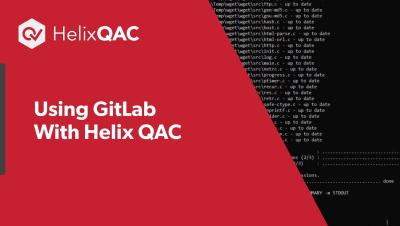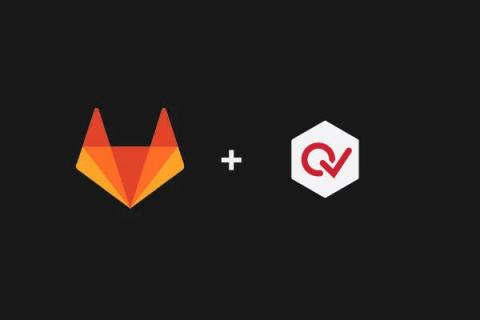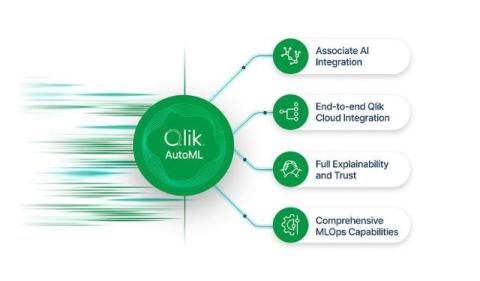S1.E19: Web testing with Playwright | QA Therapy Podcast
Feeling uncertain about which framework to adopt for web testing? You're not alone. Tools like Playwrigt, are emerging as excellent options. We're thrilled to have Debbie O'Brien as our guest. Debbie serves as a Senior Program Manager at Microsoft, where she passionately advocates for better testing with Playwright. // R E S O U R C E S.











